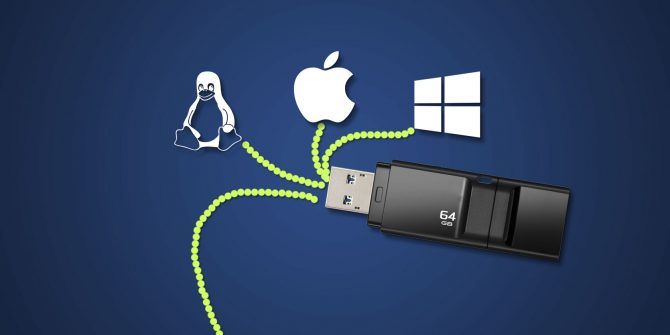Formatting A Thumb Drive For Mac

In the sheet that appears click the Partition button and your flash drive will be formatted as a Mac OS X Extended (Journaled) drive. To comment on this article and other Macworld content, visit. May 12, 2015 - When this is the case you need to format your USB to fix the problem. This is where we should you how to format a USB stick on a mac.
How to format a usb flash drive on a windows 10 pc for mac os x & windows pc compatibility If you need to transfer files larger than 4 GB between macs and windows computers use exFAT or MS-DOS (FAT) on mac. This works with any hard drive, flash drive, USB drive, SSD or any other external storage drive for both a Mac and Windows computers. Mac OS X can't write files to NTFS-formatted volumes.
Anti malware software for mac free. SanDisk Extreme CZ80 64GB USB 3.0 Flash Drive - SDCZ80-064G-GAM46 - My YouTube GEAR 2018: Mavic 2 Zoom & Fly More Kit Amazon ➜ GoPro Hero 7 Black Amazon ➜ Canon Camera Rebel SL2 Amazon ➜ Rode Videomic Pro-R+ Amazon ➜ JOBY GorillaPod 3K Kit Amazon ➜ JOBY GorillaPod GoPro Tripod Amazon ➜ Logitech BRIO 4K Webcam Amazon ➜ Blue Yeti Pro USB Microphone Amazon ➜ DISCLAIMER: I am a participant in the Amazon Services LLC Associates Program, an affiliate advertising program designed to provide a means for me to earn fees by linking to Amazon.com and affiliated sites. If you click on any of the product links provided I could earn a commission. Thank you all for your support.
A format option should appear on your screen once you plug in your flash drive and it needs to be formatted. To delete a file on your flash drive, look at My Computer and you will see it listed in the list of Drives. Then delete it as you would any other file. Most of the external hard disks and flash drives are formatted for Microsoft Windows operating systems. That makes using the drive a bit troublesome on Mac machines. FAT32 is popular but the 4GB file-size limit makes it inconvenient, for instance when you want to make a bootable macOS Sierra USB drive which the system file takes about 8GB of storage space according to Apple. Select your USB flash drive on the sidebar, choose Erase. Rename the USB flash drive, choose the format as MS-DOS (FAT) for Format, Master Boot Record for Scheme. Then click Erase. Wait for the process to complete, then you’ll get an empty new USB flash drive with FAT32 as the file system. You can reuse it for saving data again. Select the USB flash drive in Disk Utility. Click the 'Partition' tab, if you want to use more than one partition in the drive. A drive with two partitions, for example can have one partitioned in ExFAT and another in a Mac OS Extended format, so you can use the same drive on a Mac and a Windows computer. Prepare a Thumb Drive for Both Windows and OS X. On Windows, connect your thumb drive. Click Start > File Explorer > This PC. Right click your flash drive and then select Format. 
• Launch Disk Utility, located in /Applications/Utilities. • Tip: Disk Utility is a handy app to have easily available, so we recommend.
• From the left-hand pane, which contains a list of drives and volumes connected to your Mac, select the drive you wish to format. (Drives are the top-level devices, with volumes appearing indented and below the drives. Drives also have a disclosure triangle next to them that can be used to reveal or hide the volume information.) • The selected drive’s information will be displayed, including a partition map, capacity, and S.M.A.R.T. • Click the Erase button at the top of the Disk Utility window, or select Erase from the Edit menu.
• A panel will drop down, warning you that erasing the selected drive will destroy all data on the drive. It will also allow you to name the new volume you're about to create. Select the format type and partition map scheme to use (see below). • In the Erase panel, enter the new name for the volume you're about to create. • In the Erase panel, use the drop-down Format field to select from the following: • OS X Extended (Journaled) • OS X Extended (Case-sensitive, Journaled) • OS X Extended (Journaled, Encrypted) • OS X Extended (Case-sensitive, Journaled, Encrypted) • MS-DOS (FAT) • ExFat • OS X Extended (Journaled) is the default Mac file system, and the most common choice.